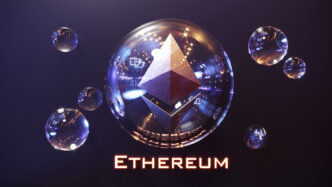Decentralized Finance (DeFi) is increasingly focusing on real-world asset (RWA) tokenization in 2025. This trend involves converting physical assets like real estate, commodities, and fine art into digital tokens on blockchain networks. By doing so, DeFi is bridging the gap between traditional finance and decentralized ecosystems, allowing users to access new markets and liquidity. The ability to tokenize assets and trade them on decentralized exchanges opens opportunities for fractional ownership, enabling broader participation in investments previously reserved for institutional investors.
Innovative Protocols Powering RWA Adoption
Projects like Centrifuge and Maple Finance are leading the charge in integrating RWAs into DeFi. These platforms enable businesses to tokenize receivables and access decentralized lending markets. Centrifuge allows borrowers to use invoices as collateral, creating new lending opportunities outside of traditional banking systems. Similarly, platforms focused on real estate tokenization are making property investments accessible through fractional shares, reducing barriers to entry for smaller investors.
Challenges and Regulatory Considerations
Despite the promise of RWA tokenization, regulatory uncertainty remains a key hurdle. Clearer legal frameworks are needed to ensure compliance with securities laws and protect investors. Additionally, maintaining accurate links between digital tokens and their underlying physical assets presents logistical challenges. However, as DeFi protocols continue to innovate and collaborate with regulators, the RWA trend is poised to reshape the future of decentralized finance.













